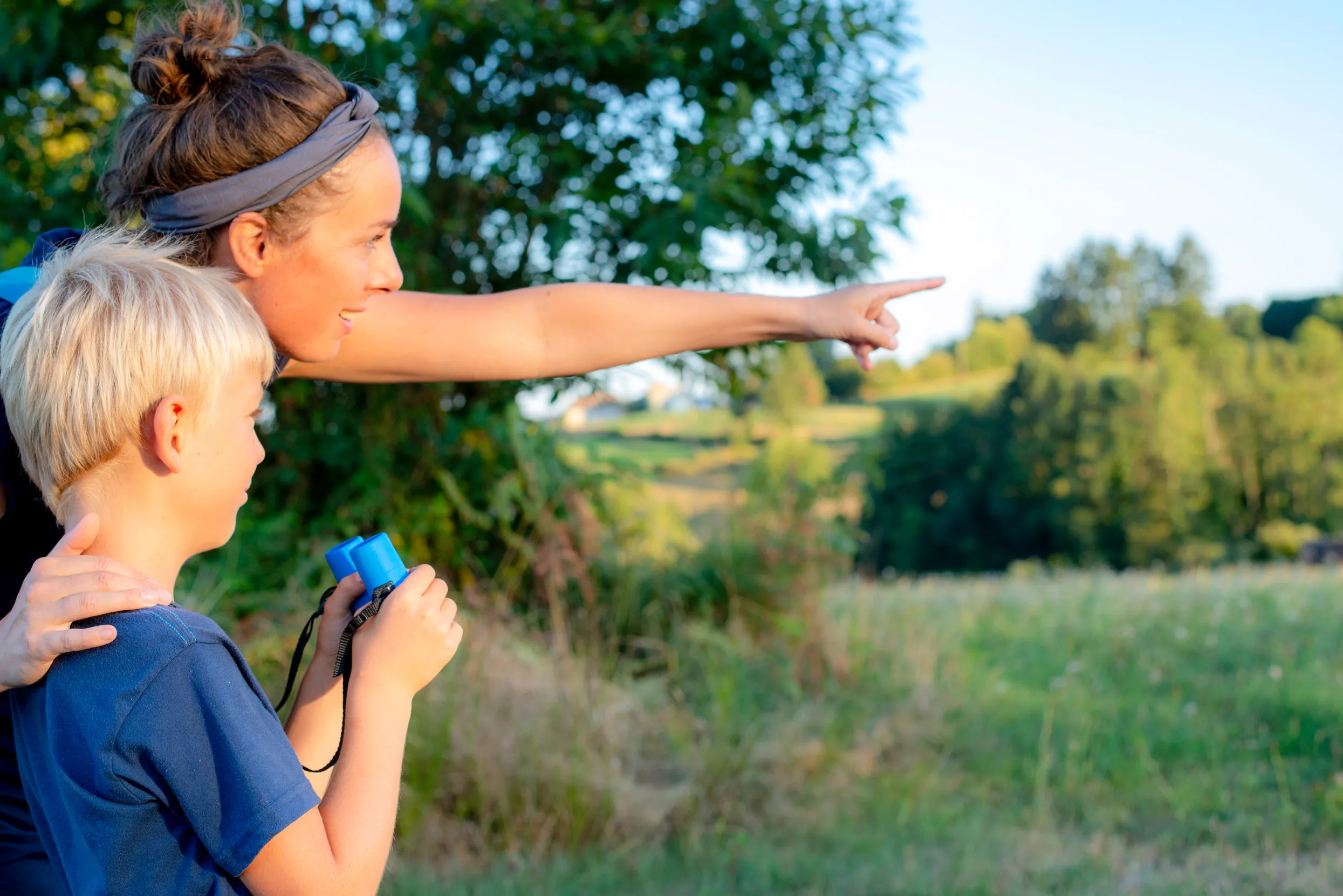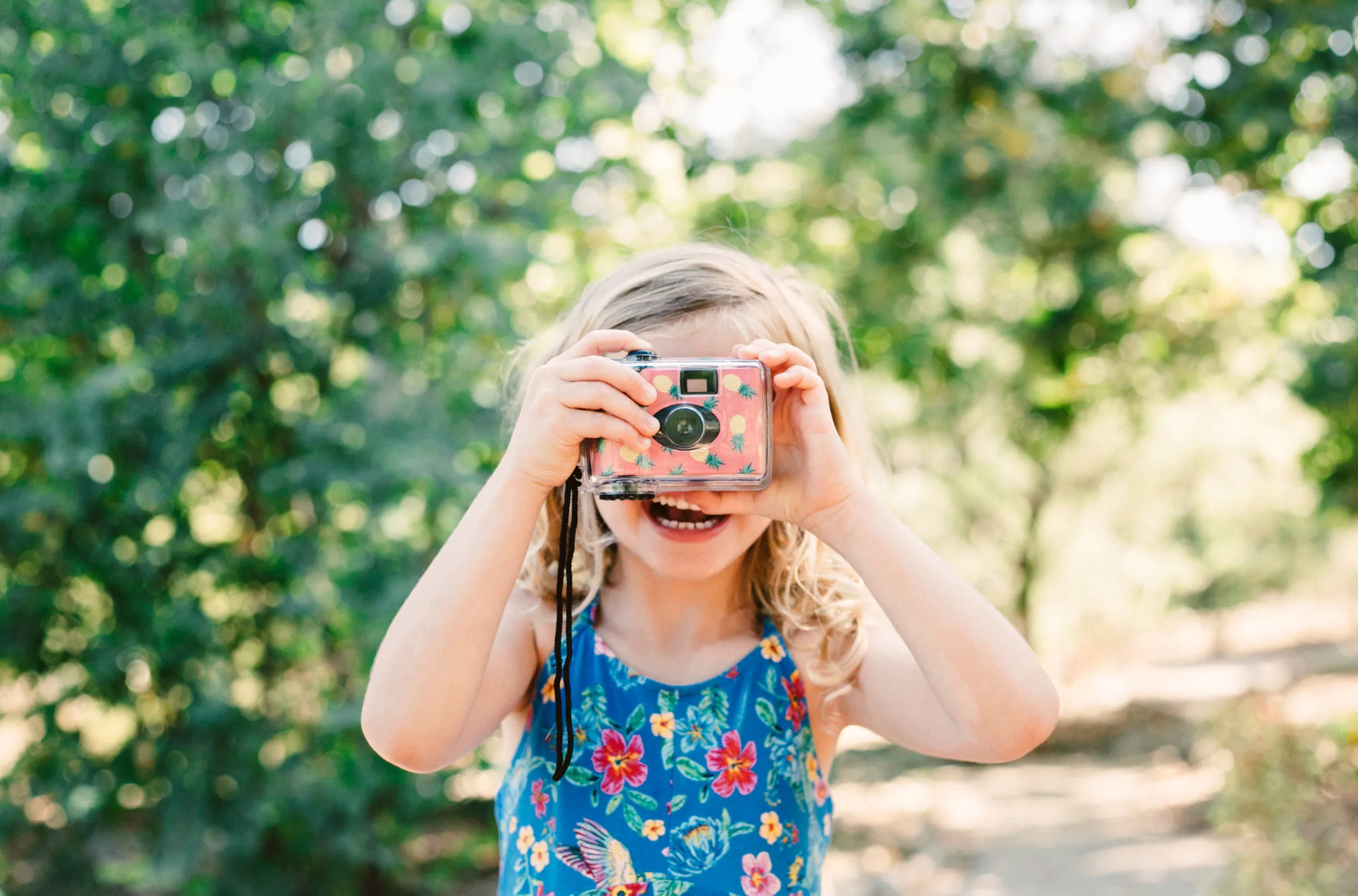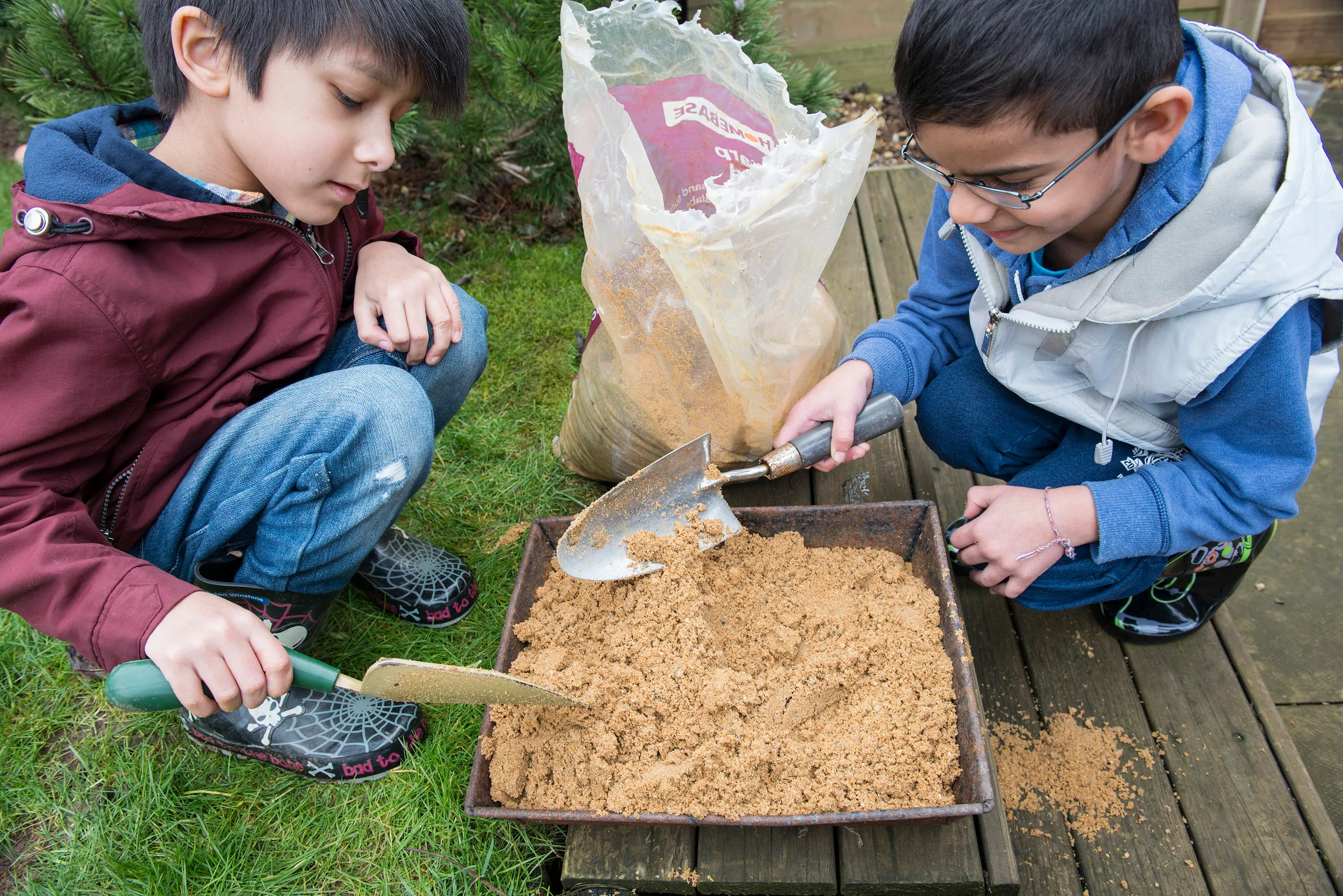Activity
Wildlife detecting: identifying tracks and signs
Become a nature detective and find out what wildlife lives near you.

Are you a teacher?
This activity can be linked to learning about habitats, biodiversity and food chains.
Here are some prompts to help with learning:
- Before you start, what kind of signs do you think you'll look out for?
- How will you identify a food chain in action?
- When you're investigating the biodiversity of an area, do you need to actually see an animal to know it lives or visits there?

Instructions
Step-by-step
Doing this activity as a family? Download your Autumn-Winter or Spring-Summer activity sheet from the 'What you'll need' section of this page.
Doing this activity in a school? Download your Spot it activity sheet from the 'What you'll need' section of this page.

Step one
- First, if you have made an animal tracker (see instructions below), check for tracks. Our guide to footprints can help work out who has popped by.
Step two
- Go for a slow walk in search of other clues.
- You could start in your own garden or try a path through a wild place. Pay particular attention to muddy spots where animals might leave their footprints.
Are you a teacher?
Take your students out to explore school grounds. Ask them to use their learnings from science topics such as habitats, biodiversity and food chains to help them make sense of what they see.

Step three
- As you walk, look around very carefully for clues. Can you see feathers, eggshells, animal tracks or hair caught on fences? Or maybe you can see nibbled nuts or seeds or possibly poo. Don’t pick this up though.
- Use the activity sheets to give you some other ideas.
Step four
- Have a think about what the clues you find might mean.
- Maybe a Badger squeezed under a fence and left some trapped hairs, or a House Sparrow walked across the path and left its tracks. Can you follow where it went next?
Step five
- If you have one, use a magnifying glass to see if there are any hidden details when you take a closer look.
Step six
- Remember to wash your hands if you’ve been handling some of those messy clues.

Make an animal tracker
Find out what has been out at night while you’ve been fast asleep.
Step one
- Fill the tray with sand and smooth the surface with the edge of the plank or ruler.
Step two
- Put a little pet food in the dish and stick it in the middle of the tray. It is best to avoid fish or beef-based pet food as it’s bad for Hedgehogs.
Step three
- Leave your tracker out overnight and see the next day if anything has left its footprints there. If you're very lucky, you might see the tracks of a wild visitor. Throw the pet food away in the morning, before it goes bad.
